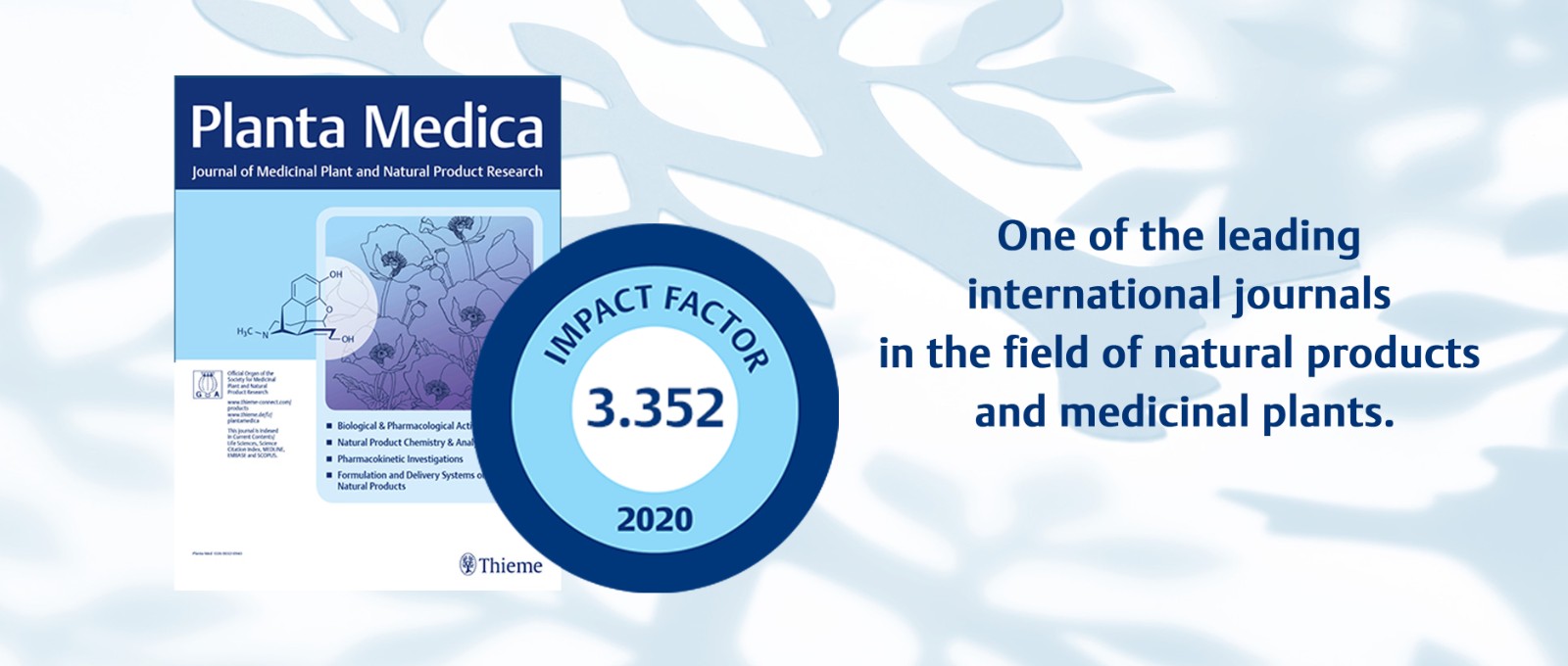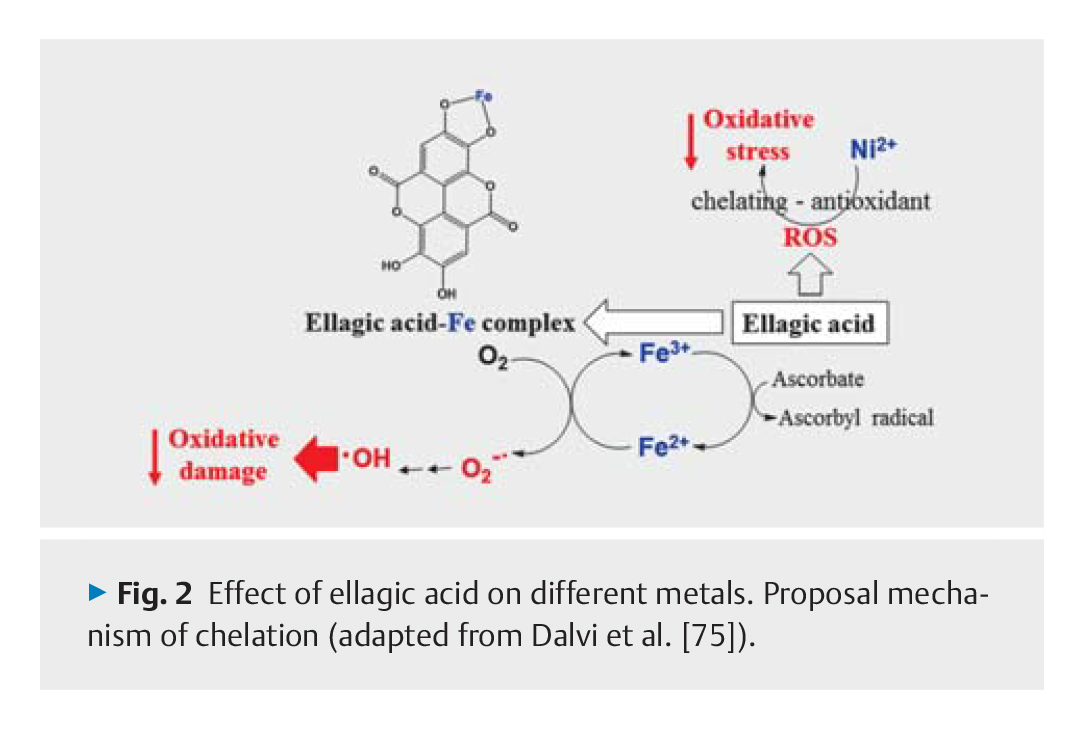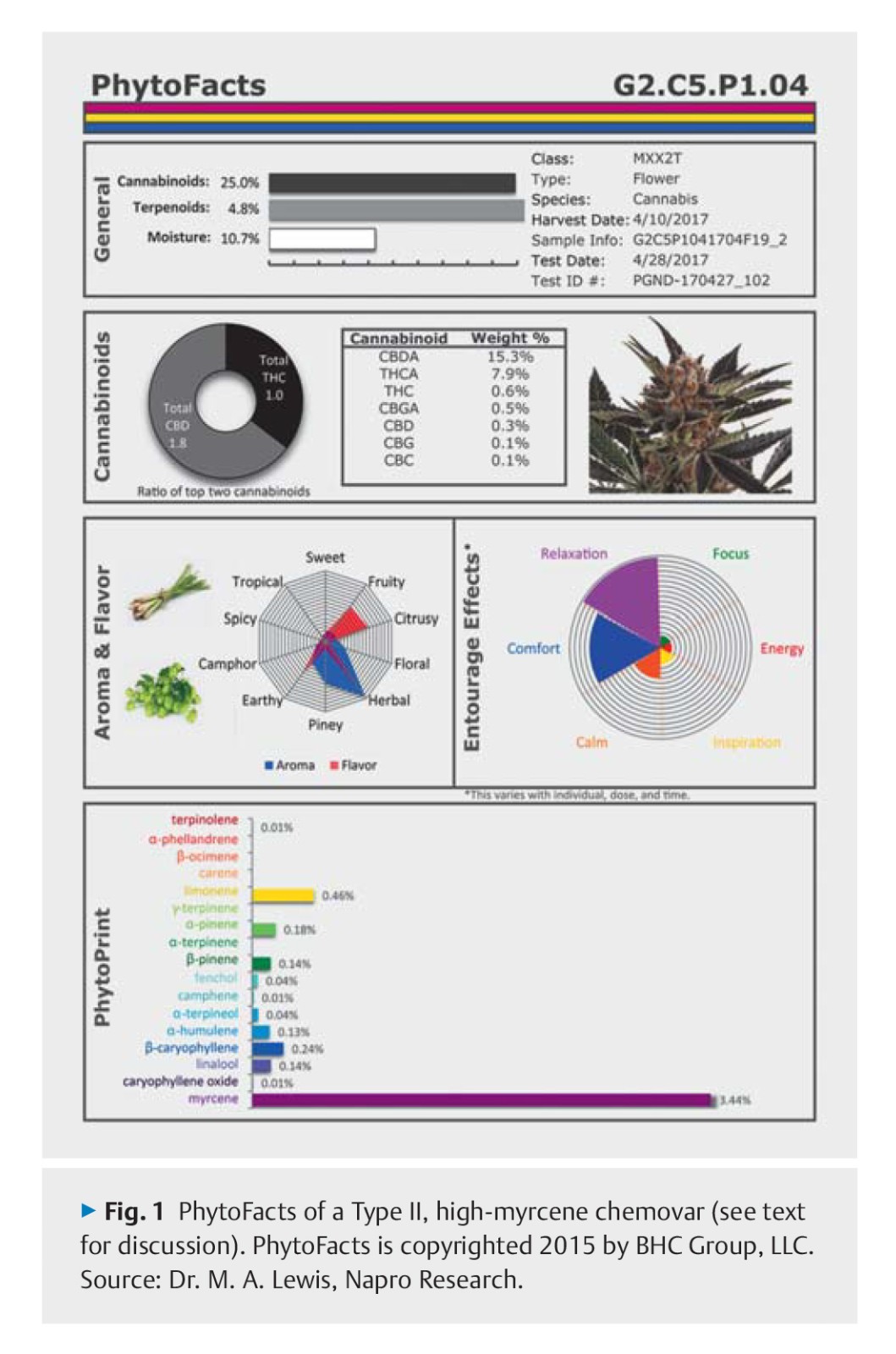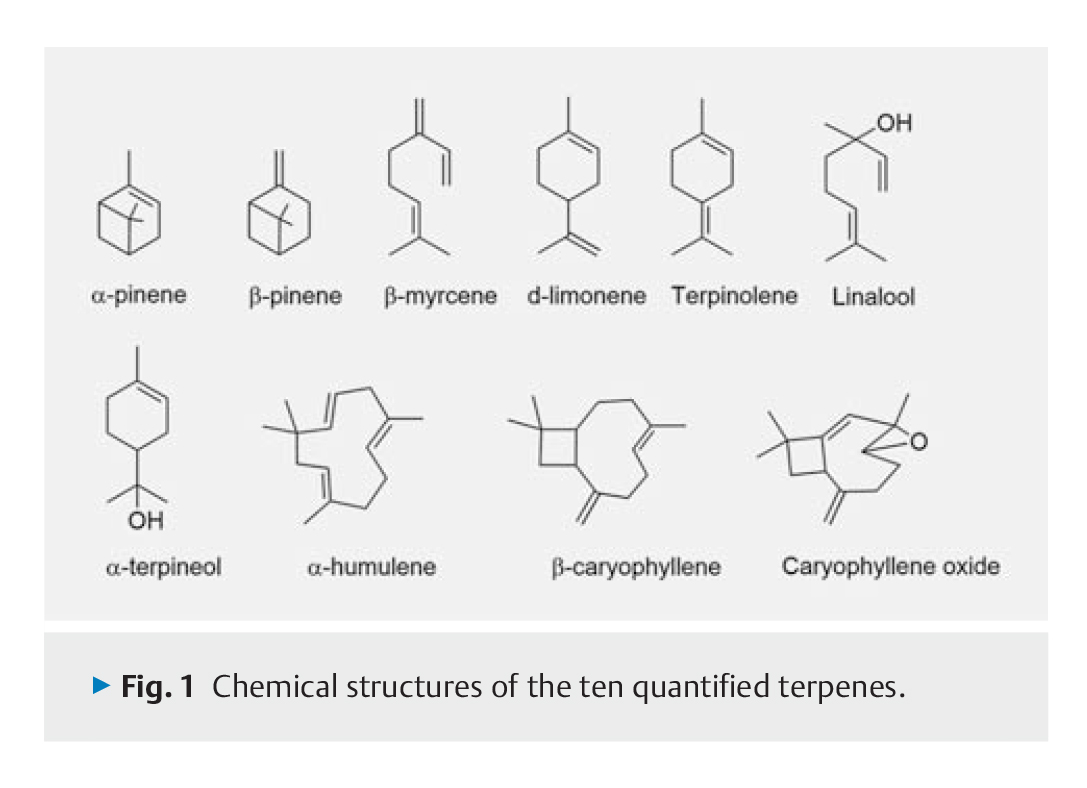

影响因子2020
3.352
备受期待的2020年期刊影响因子已经发布,我们很高兴地看到天然药物研究期刊 Planta Medica 的影响因子提高到了3.352。非常感谢所有作者、审稿人和编辑的支持和最宝贵的贡献。
以下三篇是被引用次数最多的论文,它们对影响因子的提高有着重要贡献,欢迎免费阅读。
Ríos JL et al.

Ellagic acid is a common metabolite present in many medicinal plants and vegetables. It is present either in free form or as part of more complex molecules (ellagitannins), which can be metabolized to liberate ellagic acid and several of its metabolites, including urolithins. While ellagic acidʼs antioxidant properties are doubtless responsible for many of its pharmacological activities, other mechanisms have also been implicated in its various effects, including its ability to reduce the lipidemic profile and lipid metabolism, alter pro-inflammatory mediators (tumor necrosis factor-α, interleukin-1β, interleukin-6), and decrease the activity of nuclear factor-κB while increasing nuclear factor erythroid 2-related factor 2 expression. These events play an important role in ellagic acidʼs anti-atherogenic, anti-inflammatory, and neuroprotective effects. Several of these activities, together with the effect of ellagic acid on insulin, glycogen, phosphatases, aldose reductase, sorbitol accumulation, advanced glycation end-product formation, and resistin secretion, may explain its effects on metabolic syndrome and diabetes. In addition, results from recent research have increased the interest in ellagic acid, both as a potential protective agent of the liver and skin and as a potential anticancer agent, due to the specific mechanisms affecting cell proliferation, apoptosis, DNA damage, and angiogenesis and its aforementioned anti-inflammatory properties. Taken together, these effects make ellagic acid a highly interesting compound that may contribute to different aspects of health; however, more studies are needed, especially on the compoundʼs pharmacokinetic profile. In this review, we selected papers published from 2005 to the present.
Lewis MA et al.

An advanced Mendelian Cannabis breeding program has been developed utilizing chemical markers to maximize the yield of phytocannabinoids and terpenoids with the aim to improve therapeutic efficacy and safety. Cannabis is often divided into several categories based on cannabinoid content. Type I, Δ 9-tetrahydrocannabinol-predominant, is the prevalent offering in both medical and recreational marketplaces. In recent years, the therapeutic benefits of cannabidiol have been better recognized, leading to the promotion of additional chemovars: Type II, Cannabis that contains both Δ 9-tetrahydrocannabinol and cannabidiol, and cannabidiol-predominant Type III Cannabis. While high-Δ 9-tetrahydrocannabinol and high-myrcene chemovars dominate markets, these may not be optimal for patients who require distinct chemical profiles to achieve symptomatic relief. Type II Cannabis chemovars that display cannabidiol- and terpenoid-rich profiles have the potential to improve both efficacy and minimize adverse events associated with Δ 9-tetrahydrocannabinol exposure. Cannabis samples were analyzed for cannabinoid and terpenoid content, and analytical results are presented via PhytoFacts, a patent-pending method of graphically displaying phytocannabinoid and terpenoid content, as well as scent, taste, and subjective therapeutic effect data. Examples from the breeding program are highlighted and include Type I, II, and III Cannabis chemovars, those highly potent in terpenoids in general, or single components, for example, limonene, pinene, terpinolene, and linalool. Additionally, it is demonstrated how Type I – III chemovars have been developed with conserved terpenoid proportions. Specific chemovars may produce enhanced analgesia, anti-inflammatory, anticonvulsant, antidepressant, and anti-anxiety effects, while simultaneously reducing sequelae of Δ 9-tetrahydrocannabinol such as panic, toxic psychosis, and short-term memory impairment.
Ibrahim EA et al.

Terpenes are the major components of the essential oils present in various Cannabis sativa L. varieties. These compounds are responsible for the distinctive aromas and flavors. Besides the quantification of the cannabinoids, determination of the terpenes in C. sativa strains could be of importance for the plant selection process. At the University of Mississippi, a GC-MS method has been developed and validated for the quantification of terpenes in cannabis plant material, viz., α-pinene, β-pinene, β-myrcene, limonene, terpinolene, linalool, α-terpineol, β-caryophyllene, α-humulene, and caryophyllene oxide. The method was optimized and fully validated according to AOAC (Association of Official Analytical Chemists) guidelines against reference standards of selected terpenes. Samples were prepared by extraction of the plant material with ethyl acetate containing n-tridecane solution (100 µg/mL) as the internal standard. The concentration-response relationship for all analyzed terpenes using the developed method was linear with r2 values > 0.99. The average recoveries for all terpenes in spiked indoor cultivated samples were between 95.0 – 105.7%, with the exception of terpinolene (67 – 70%). The measured repeatability and intermediate precisions (% relative standard deviation) in all varieties ranged from 0.32 to 8.47%. The limit of detection and limit of quantitation for all targeted terpenes were determined to be 0.25 and 0.75 µg/mL, respectively. The proposed method is highly selective, reliable, and accurate and has been applied to the simultaneous determination of these major terpenes in the C. sativa biomass produced by our facility at the University of Mississippi as well as in confiscated marijuana samples.
阅读本刊更多论文,请点击这里。
